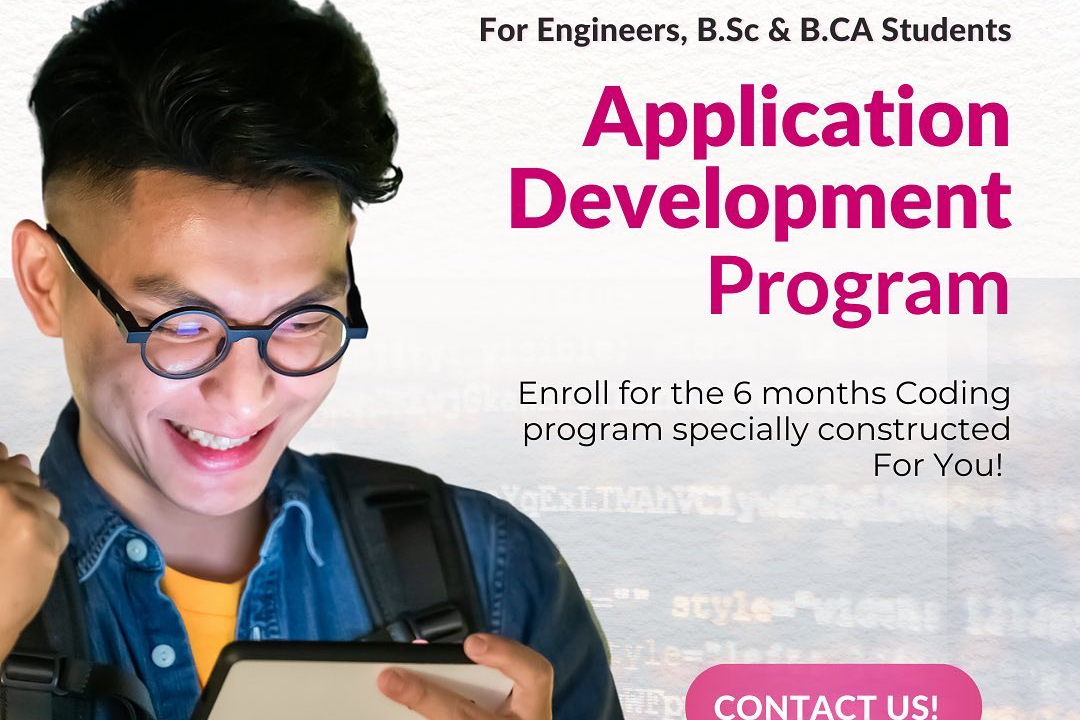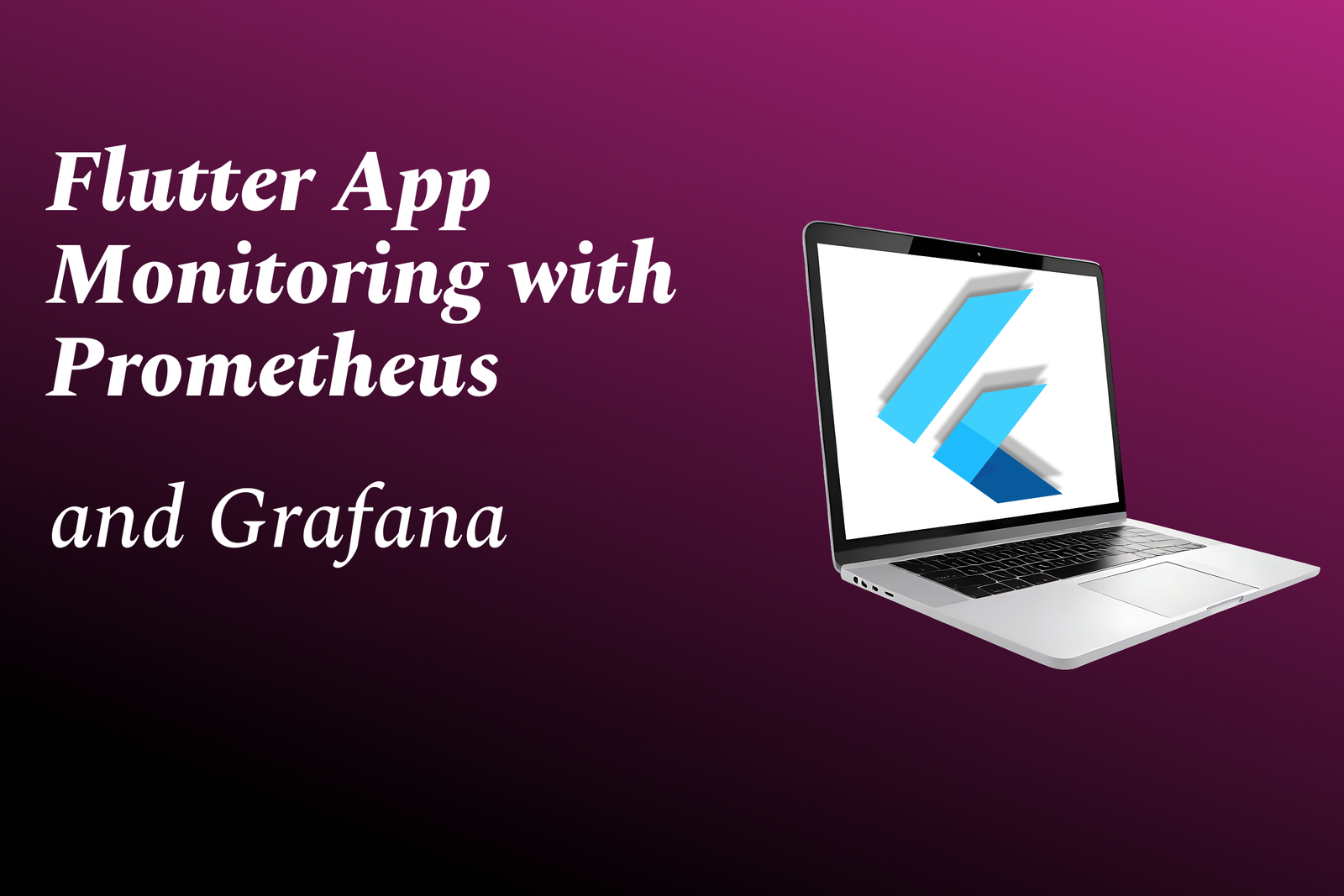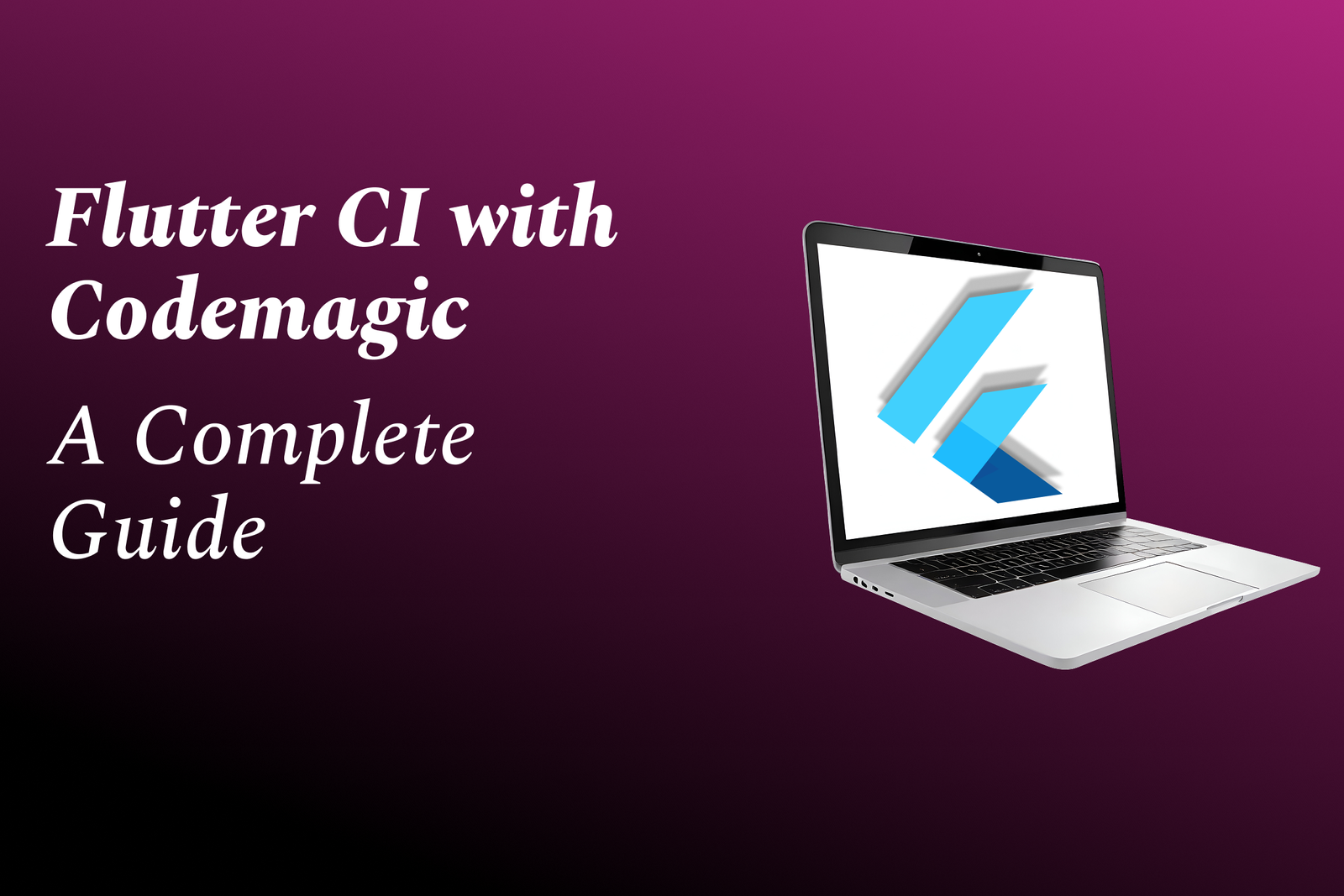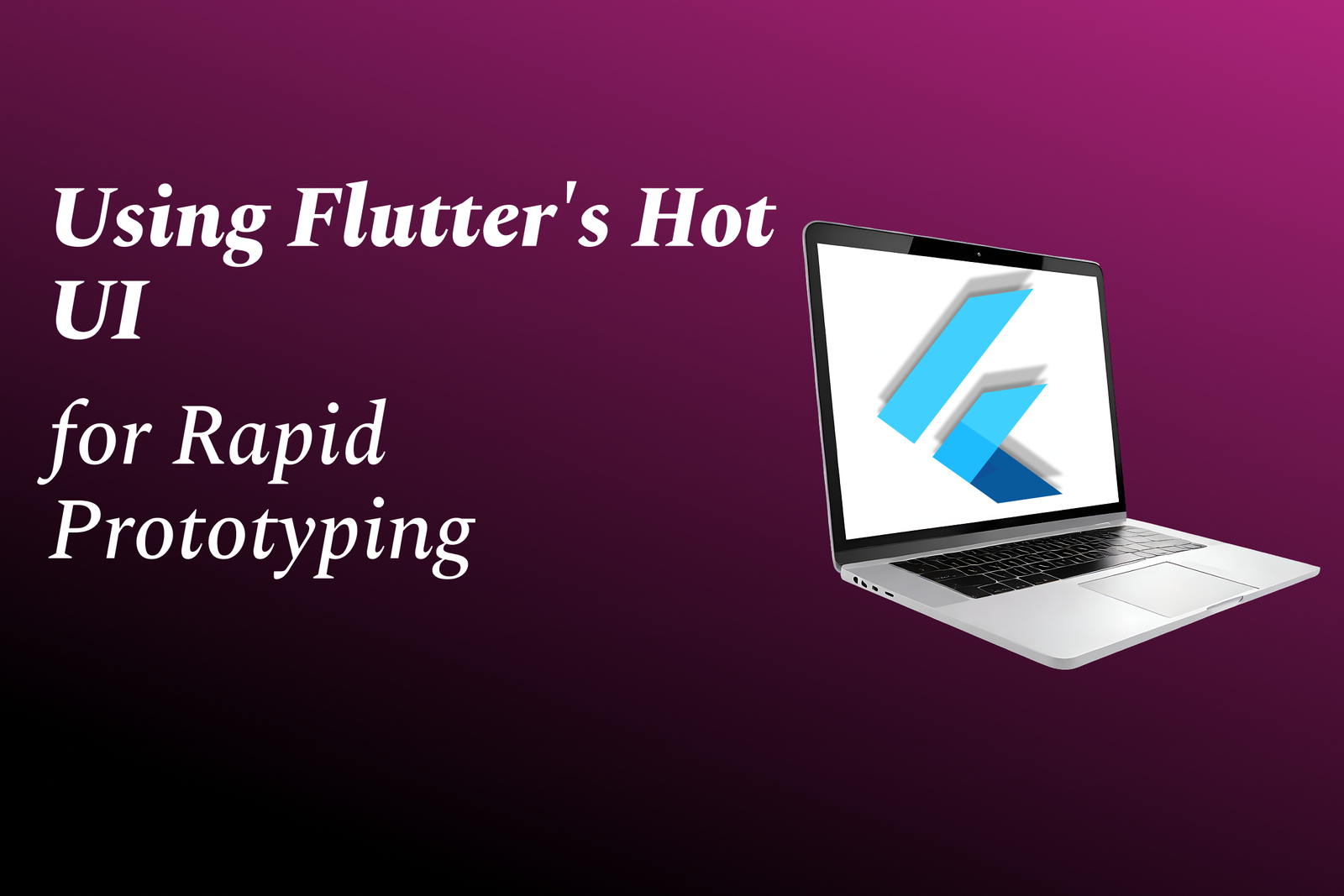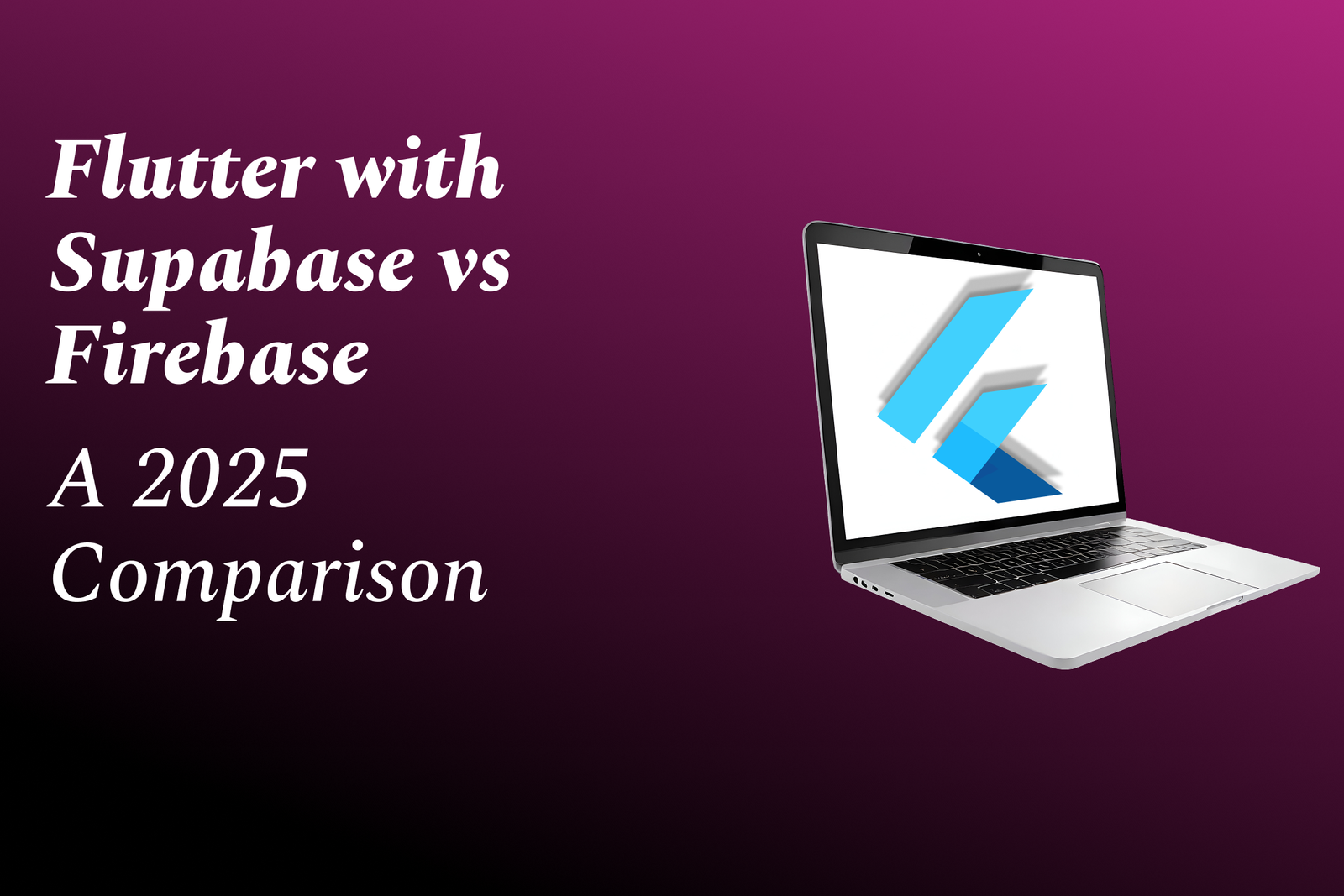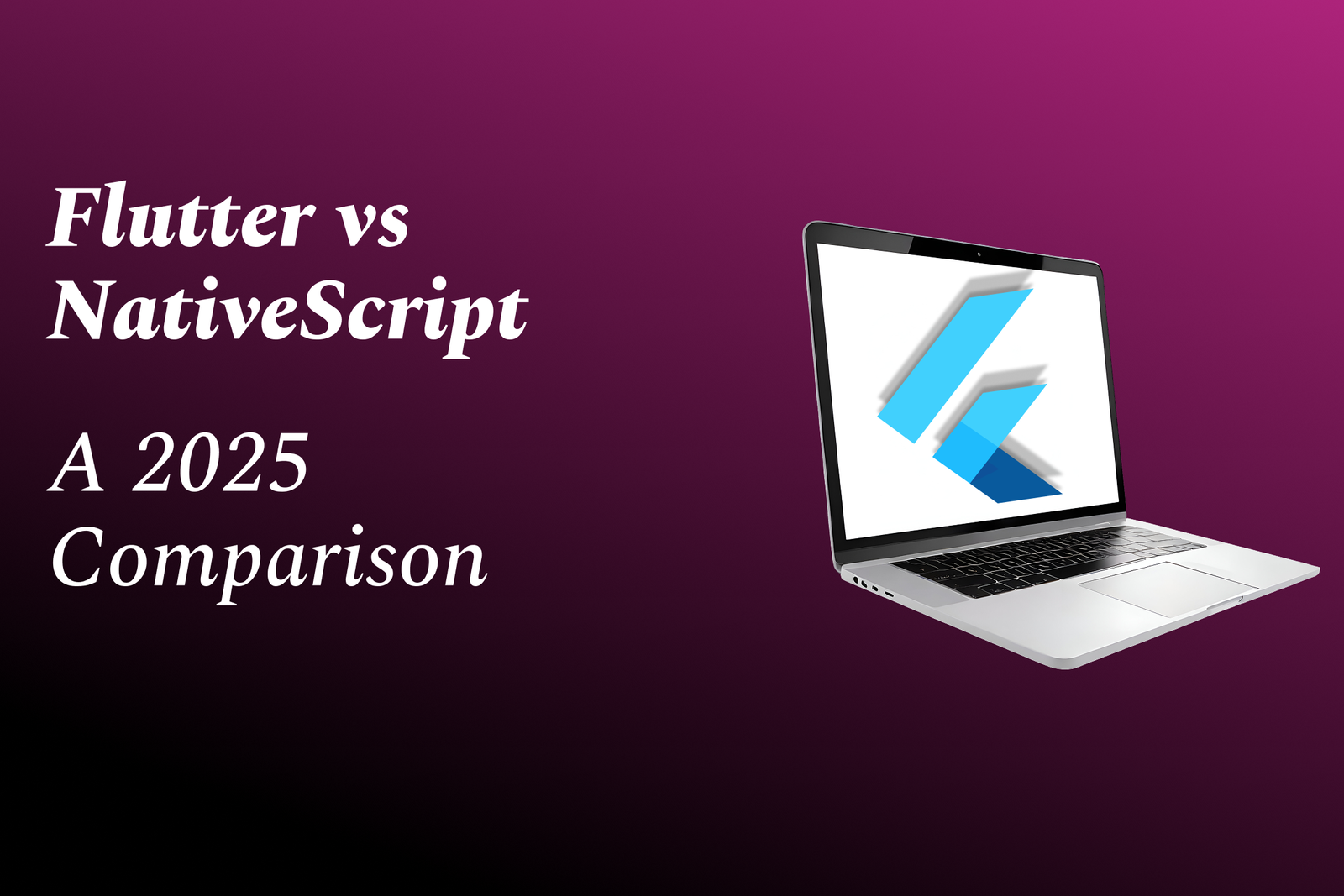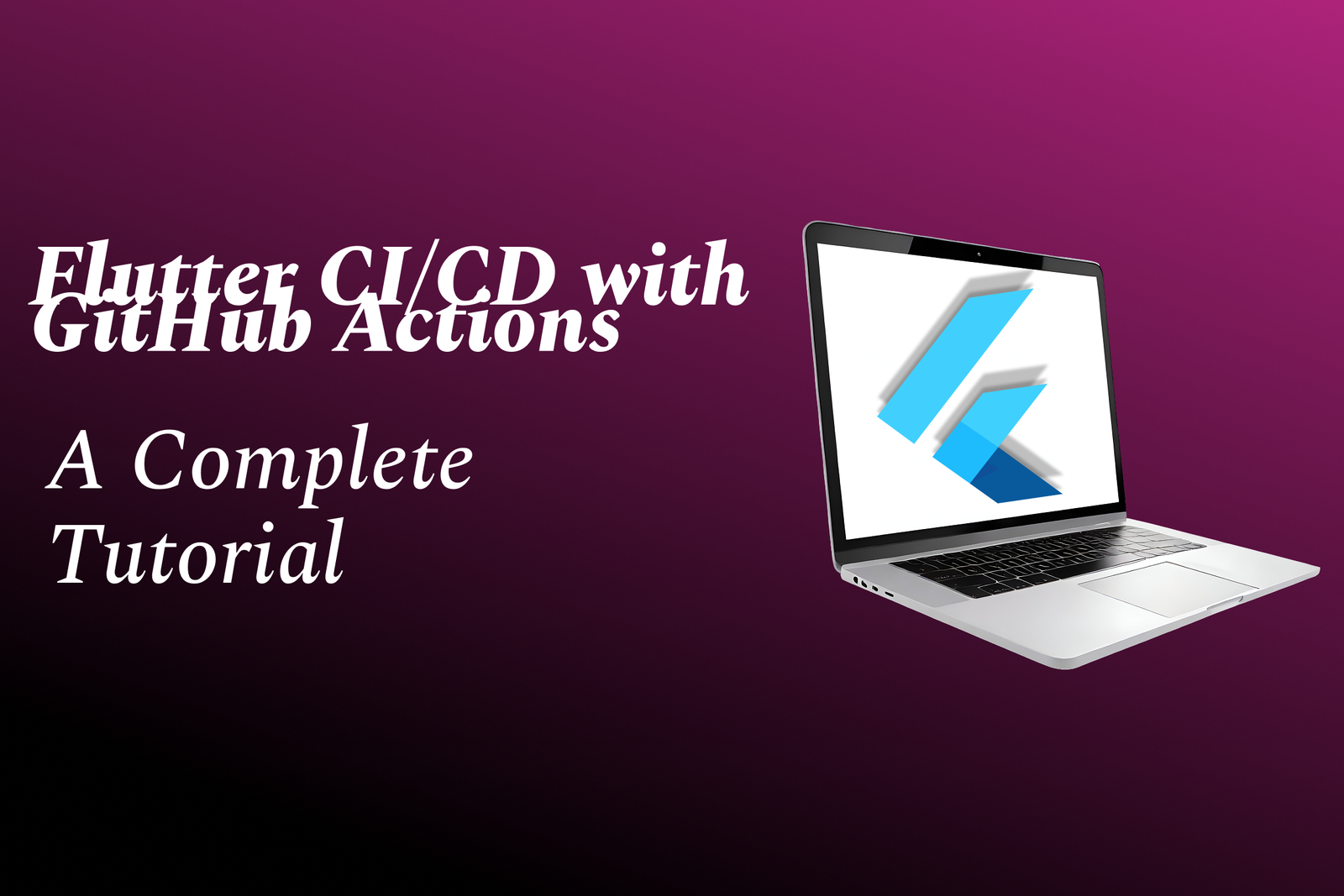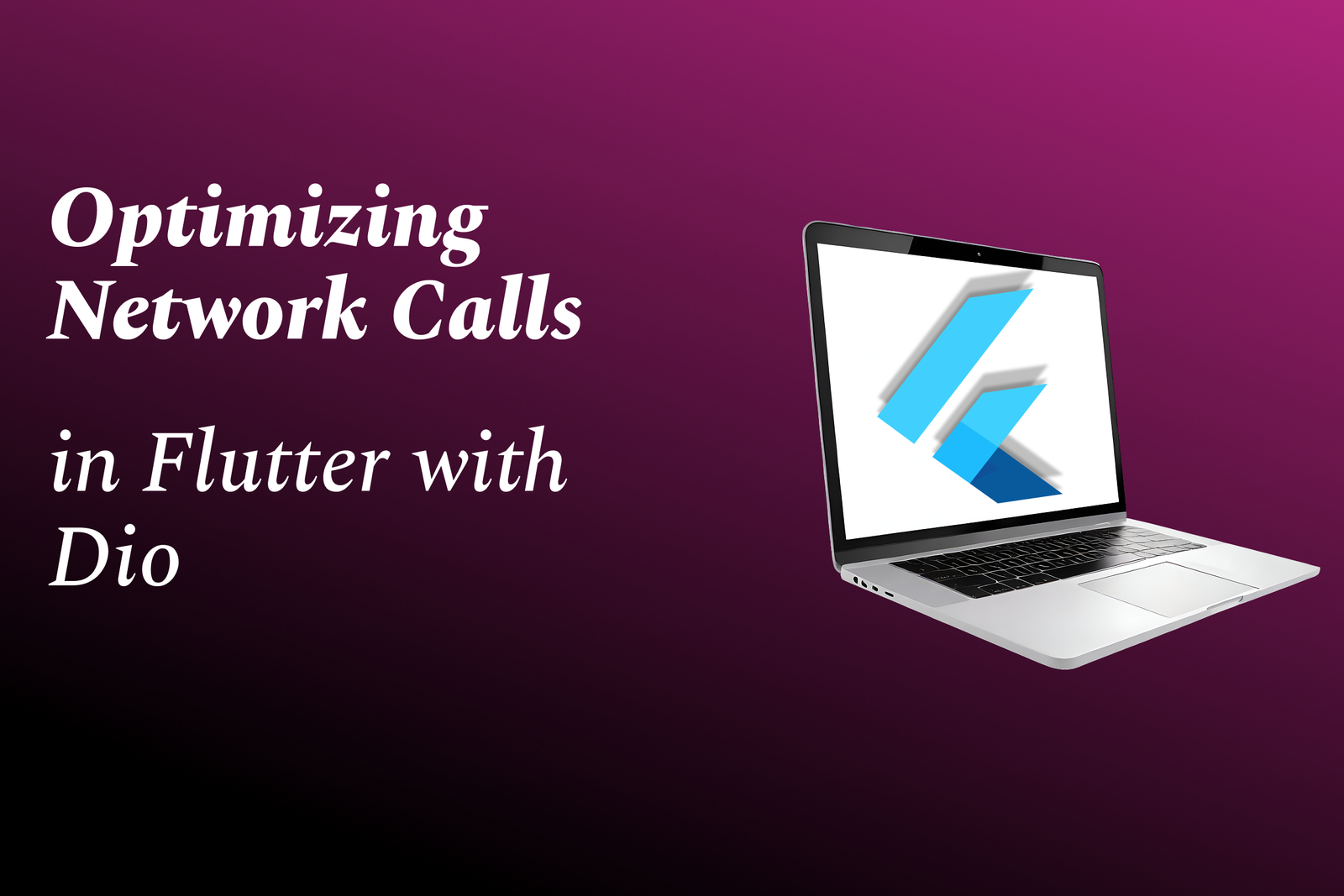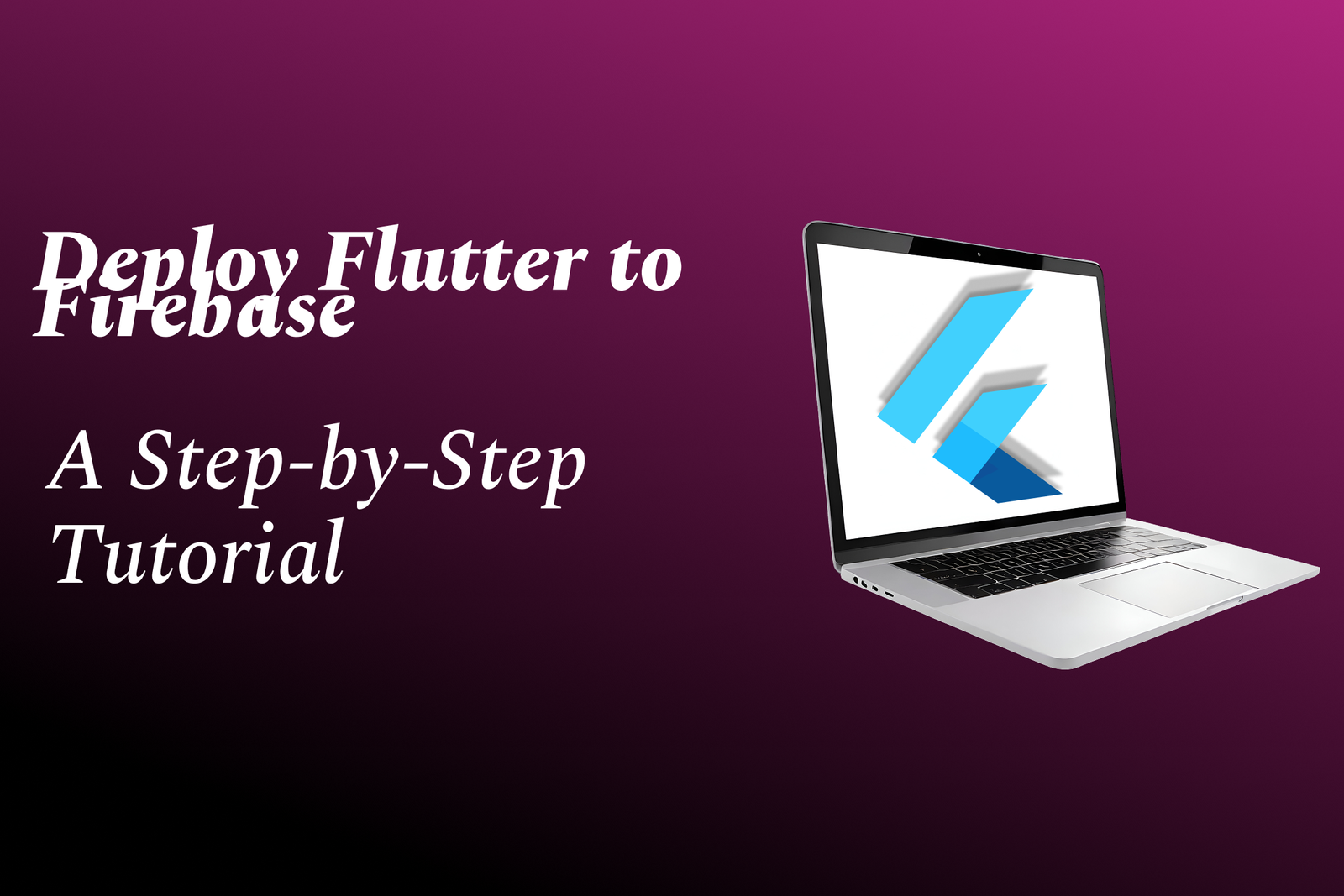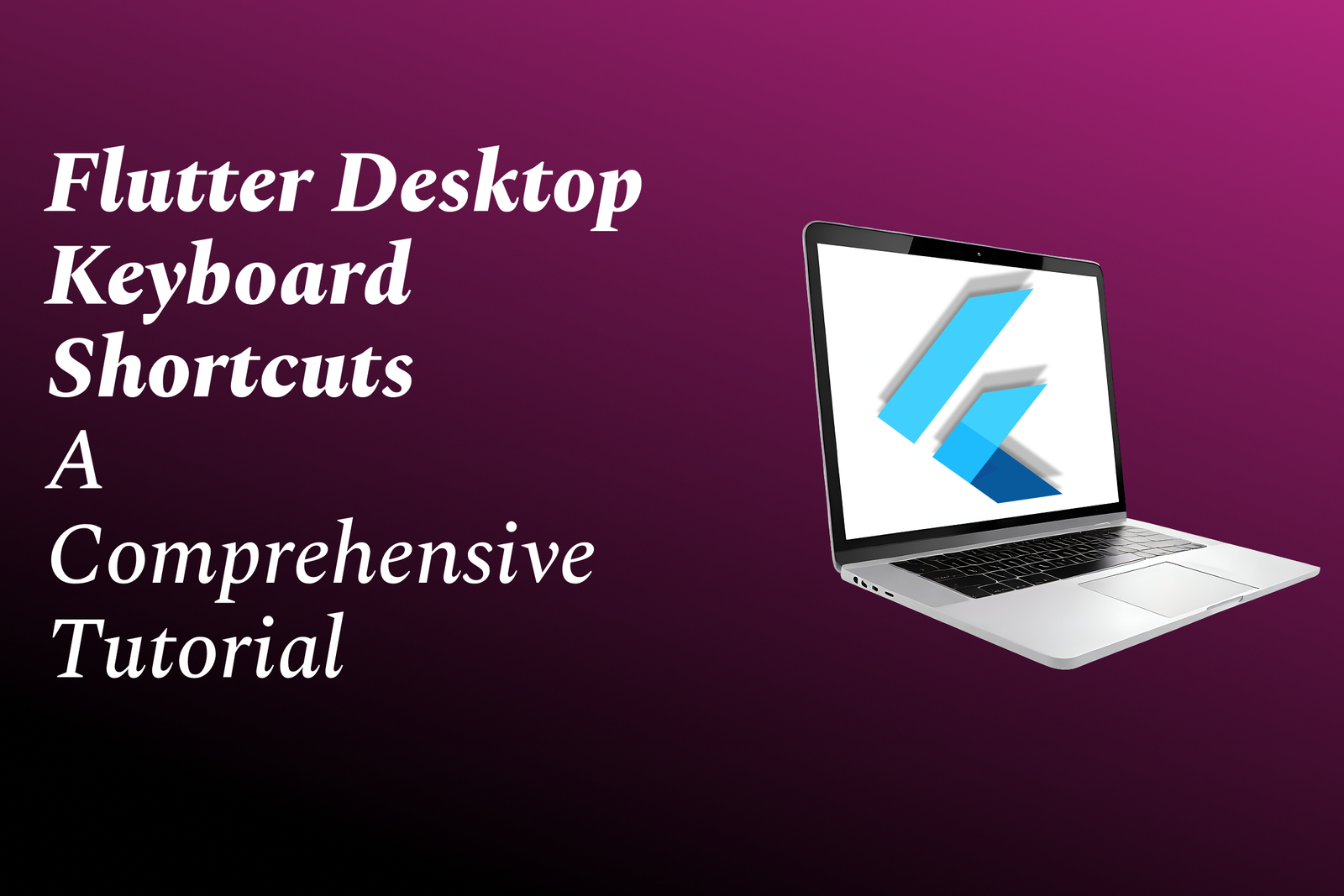Flutter Application Structure
Optimizing Your Flutter Application Architecture
Flutter Application Structure
Flutter applications are organized in a structured way to promote separation of concerns and maintainability. At the core, a Flutter app is structured around the widget tree, with the `main.dart` file serving as the entry point, where the `runApp()` function is called to initialize the application. The app typically consists of various widgets that define the UI and can be categorized into stateful and stateless widgets. The directory structure often includes folders for assets (like images and fonts), models (for data structures), services (for network calls or data persistence), and screens (for different pages of the app). Additionally, Flutter employs a reactive programming model, whereby the UI automatically updates in response to state changes, utilizing the `setState()` method or state management solutions like Provider, Riverpod, or BLoC for managing complex states. Overall, this structure allows developers to build responsive, maintainable, and scalable applications.
To Download Our Brochure: https://www.justacademy.co/download-brochure-for-free
Message us for more information: +91 9987184296
1 - Introduction to Flutter: Understand what Flutter is and its role in cross platform mobile development, using a single codebase to create applications for both iOS and Android.
2) Project Structure: Familiarize with the default project structure created by Flutter, including the `lib`, `ios`, `android`, `test`, and other important folders.
3) lib Directory: Learn that the `lib` directory contains all the Dart code for the Flutter app, which is where the majority of development occurs.
4) main.dart File: Recognize the significance of `main.dart`, which serves as the entry point of the application. It contains the `main()` function and is where the application's root widget is defined.
5) Widgets Hierarchy: Understand that Flutter is built around a widget tree. Everything in Flutter is a widget, including layout elements, UI components, and even the application itself.
6) Stateless vs. Stateful Widgets: Differentiate between `StatelessWidget`, which is immutable and does not require any state, and `StatefulWidget`, which can hold state that affects its appearance.
7) Build Method: Explore the `build()` method in widgets that defines how the UI looks. It is called each time the widget needs to change its visual representation.
8) Routing and Navigation: Learn about Flutter's navigation system, including how to manage routes and navigate between screens using the `Navigator` class and route definitions.
9) State Management: Study different state management techniques in Flutter, such as Provider, BLoC (Business Logic Component), and Riverpod, to manage app state effectively.
10) Assets and Resources: Discover how to include images, fonts, and other assets in the application. Understand how to declare them in the `pubspec.yaml` file.
11) pubspec.yaml File: Understand the configuration file that contains metadata about the project, dependencies, assets, and versioning.
12) Packages and Plugins: Learn how to use Dart packages from the pub.dev repository to add functionality to your app, such as networking, storage, and animations.
13) Testing in Flutter: Explore the importance of testing in Flutter, including unit tests, widget tests, and integration tests to ensure your application works as expected.
14) Theming and Styling: Understand how to use `ThemeData` for consistent styling across your application, including colors, fonts, and overall UI appearance.
15) Debugging Tools: Familiarize yourself with debugging tools provided by Flutter, such as the Flutter DevTools, which help diagnose issues and improve performance.
16) Deployment: Learn the basics of deploying a Flutter app to both iOS and Android stores, including build processes, signing certificates, and creating release builds.
17) Hot Reload: Understand the concept of Hot Reload, which allows developers to see changes instantly without losing the current state of the application, streamlining the development process.
18) Platform Specific Code: Explore how to write platform specific code using channels to communicate between Dart and native code (Java/Kotlin for Android and Swift/Objective C for iOS).
19) Community and Resources: Highlight the importance of engaging with the Flutter community, utilizing online resources, documentation, and forums for ongoing learning and support.
This outline provides a detailed framework for understanding the Flutter application structure, helping students gain both theoretical knowledge and practical skills in Flutter development.
Browse our course links : https://www.justacademy.co/all-courses
To Join our FREE DEMO Session: Click Here
Contact Us for more info:
Code Snippets In Java
Android Training Thiruvarur
Flutter Training in Suryapet
Learning Resources
Java Design Patterns (Creational, Structural, Behavioral))
